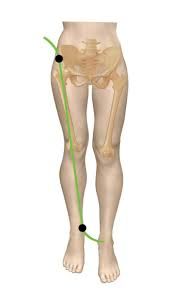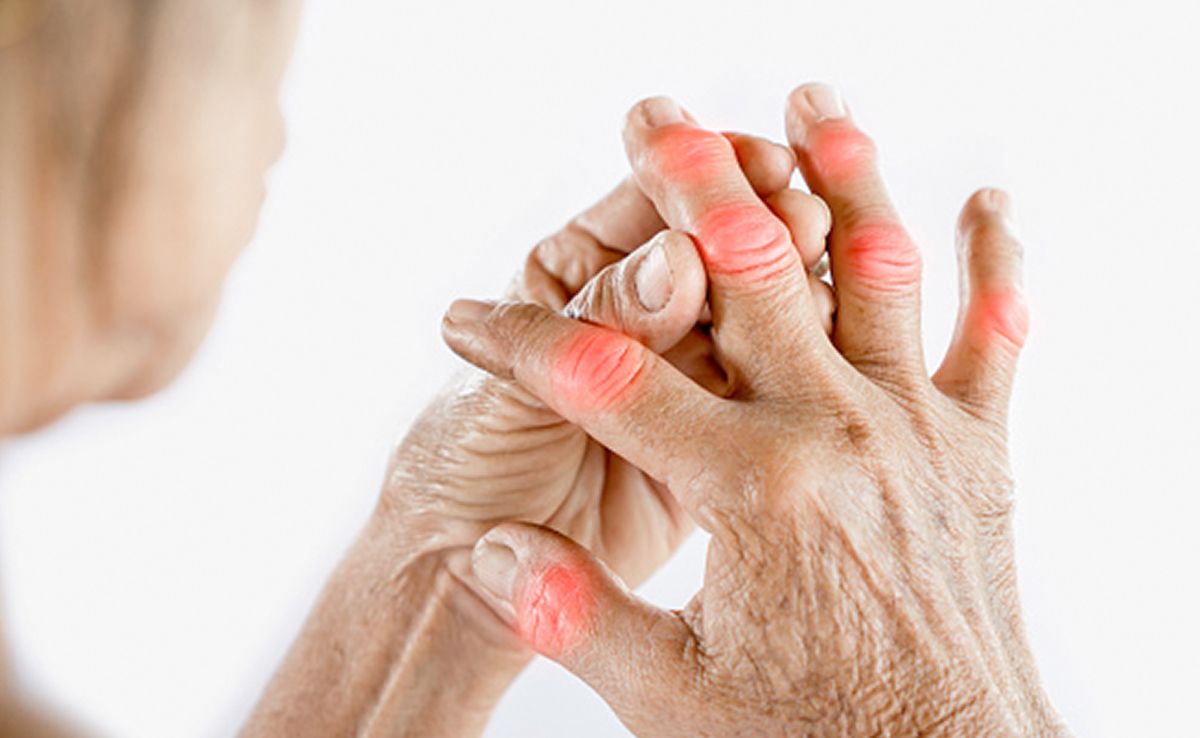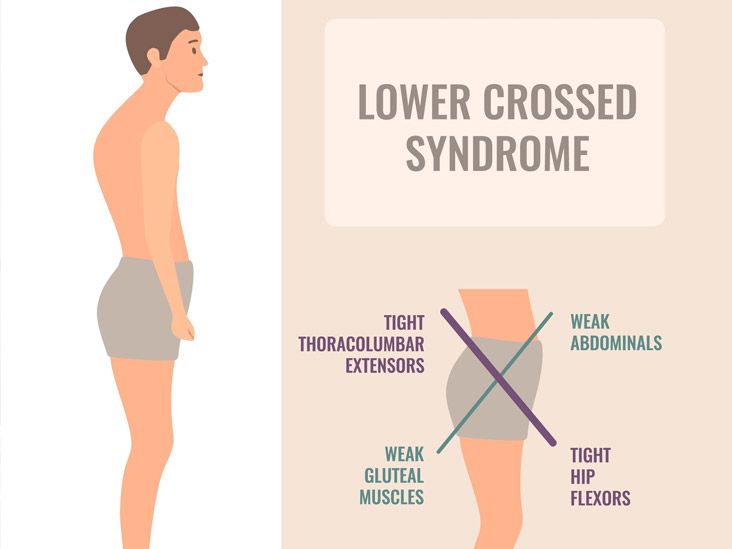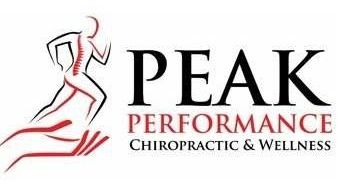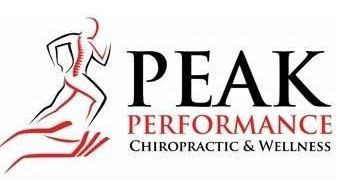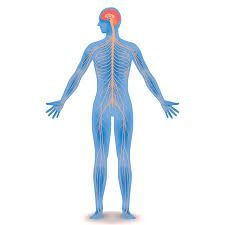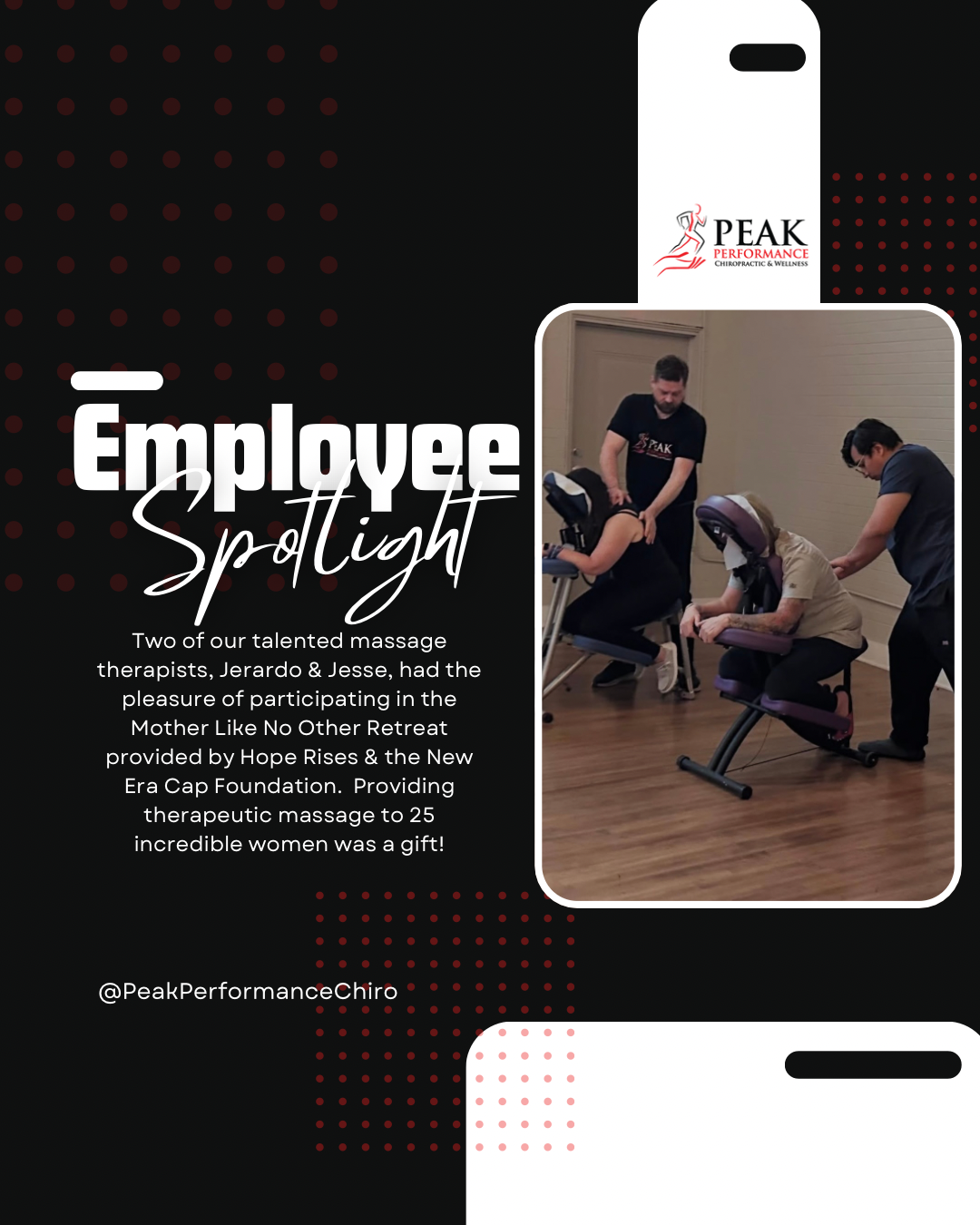January 2016 – Happy New Year
The celebration of New Years is an exciting time; it is a chance to reflect back on the previous year’s accomplishments, plan for the future, and for many it is the perfect time to “wipe the slate clean” and begin with a fresh set of healthier habits. There is perhaps no better time to make a fresh start than after the holiday season which for many – aside from being a time of joy and celebration – is a time of indulgence. If you’ve noticed flare ups of old injuries, back pain and digestive issues creeping in, you are not alone! The over-indulgence of sugar, processed foods and alcohol causes the body MAJOR inflammation!
As you set your goals and plans for 2016, remember that you will be empowered or limited by how well you take care of yourself in the pursuit of those goals. Here are 5 ways to take care of yourself this year, and as a result – increase your chances of success.
1. ADD MOVEMENET – adding just a 15 -20 minute walk to your daily routine can produce wonderful benefits. On your busiest days, carve out this small amount of time to clear your head and get your heart rate up, leaving you feeling refreshed for the rest of the day. Adding a new work out routine (and sticking to it for more than the classic New Years month). Try something new! Yoga is a great way of stretching and strengthening the soft tissues of your body as well as a excellent way to relieve build up stress.
2. CLEAN OUT THE CUPBOARDS – clear out the holiday cookies, snacks and temptations from the kitchen pantry. Instead, stock your fridge and cupboards with healthy snacks you can grab on the go. Also, meal planning ahead of time reduces the risk of having to grab something unhealthy for meals.
3. DRINK MORE WATER – 75% of Americans are chronically dehydrated. Dehydration is the cause of a host of health issues and in fact decreases your ability to heal properly. Your body is roughly 80% water, so drinking eight 8-ounce glasses, which equals about 2 liters or a half gallon (it is called the 8×8 rule which makes it easier to remember).
4. EAT MORE GREENS – Winter vegetables are a quick and easy way to increase your nutrient intake. Supporting your body with foods that are rich in nutrients and antioxidants will boost your immune system’s ability to fight winter illnesses, such as the cold and flu.
5. REGULAR CHIROPRACTIC ADJUSTMENTS – regular chiropractic adjustments boost immune system and central nervous system function by removing interference in the body that is preventing these systems from performing at their best. If you battle cold and flu season each winter, consider regular chiropractic adjustments to help stop the cycle of wintertime sickness before it starts.
If you have a particular question that wasn’t directly answered or you are ready to schedule an appointment, don’t hesitate to call the office at (716) 335-9711.


